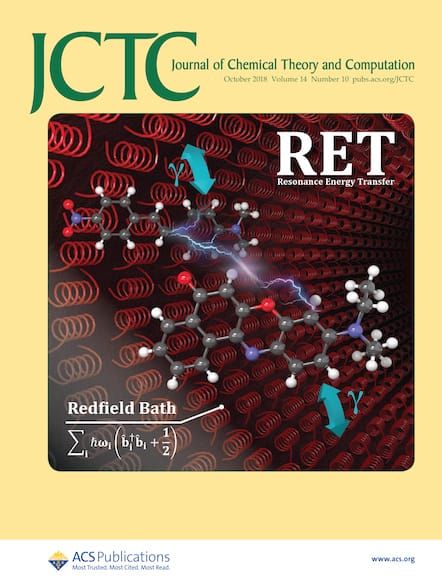固体有效氧化态分析。
IF 5.5
1区 化学
Q2 CHEMISTRY, PHYSICAL
引用次数: 0
摘要
我们提出了有效氧化态(EOS)方法的推广,从波函数分析到固态计算来分配氧化态。该方案是在分子原子量子理论(QTAIM)的框架下实现的,并利用了单元胞原子的原子重叠矩阵(AOM),以最大局部化万尼尔函数(mlwf)表示(只要可能)。该方法一般适用于离子固体或分子晶体。新方法的性能评估使用了40种不同的化学固体,包括简单的金属氧化物、钙钛矿、氢化物和具有不寻常键合模式的高压系统。本文章由计算机程序翻译,如有差异,请以英文原文为准。
Effective Oxidation State Analysis for Solids
We present the generalization of the effective oxidation state (EOS) method to assign oxidation states from wave function analysis to solid-state calculations. The scheme is realized in the framework of the Quantum Theory of Atoms in Molecules (QTAIM), and makes use of the atomic overlap matrices (AOM) of the atoms of the unit cell, expressed (whenever possible) in terms of maximally localized Wannier functions (MLWFs). The method is generally applicable to ionic solids or molecular crystals. The performance of the new method is assessed using a chemically diverse set of 40 solids, including simple metal oxides, perovskites, hydrides, and high-pressure systems with unusual bonding patterns.
求助全文
通过发布文献求助,成功后即可免费获取论文全文。
去求助
来源期刊

Journal of Chemical Theory and Computation
化学-物理:原子、分子和化学物理
CiteScore
9.90
自引率
16.40%
发文量
568
审稿时长
1 months
期刊介绍:
The Journal of Chemical Theory and Computation invites new and original contributions with the understanding that, if accepted, they will not be published elsewhere. Papers reporting new theories, methodology, and/or important applications in quantum electronic structure, molecular dynamics, and statistical mechanics are appropriate for submission to this Journal. Specific topics include advances in or applications of ab initio quantum mechanics, density functional theory, design and properties of new materials, surface science, Monte Carlo simulations, solvation models, QM/MM calculations, biomolecular structure prediction, and molecular dynamics in the broadest sense including gas-phase dynamics, ab initio dynamics, biomolecular dynamics, and protein folding. The Journal does not consider papers that are straightforward applications of known methods including DFT and molecular dynamics. The Journal favors submissions that include advances in theory or methodology with applications to compelling problems.
 求助内容:
求助内容: 应助结果提醒方式:
应助结果提醒方式:


